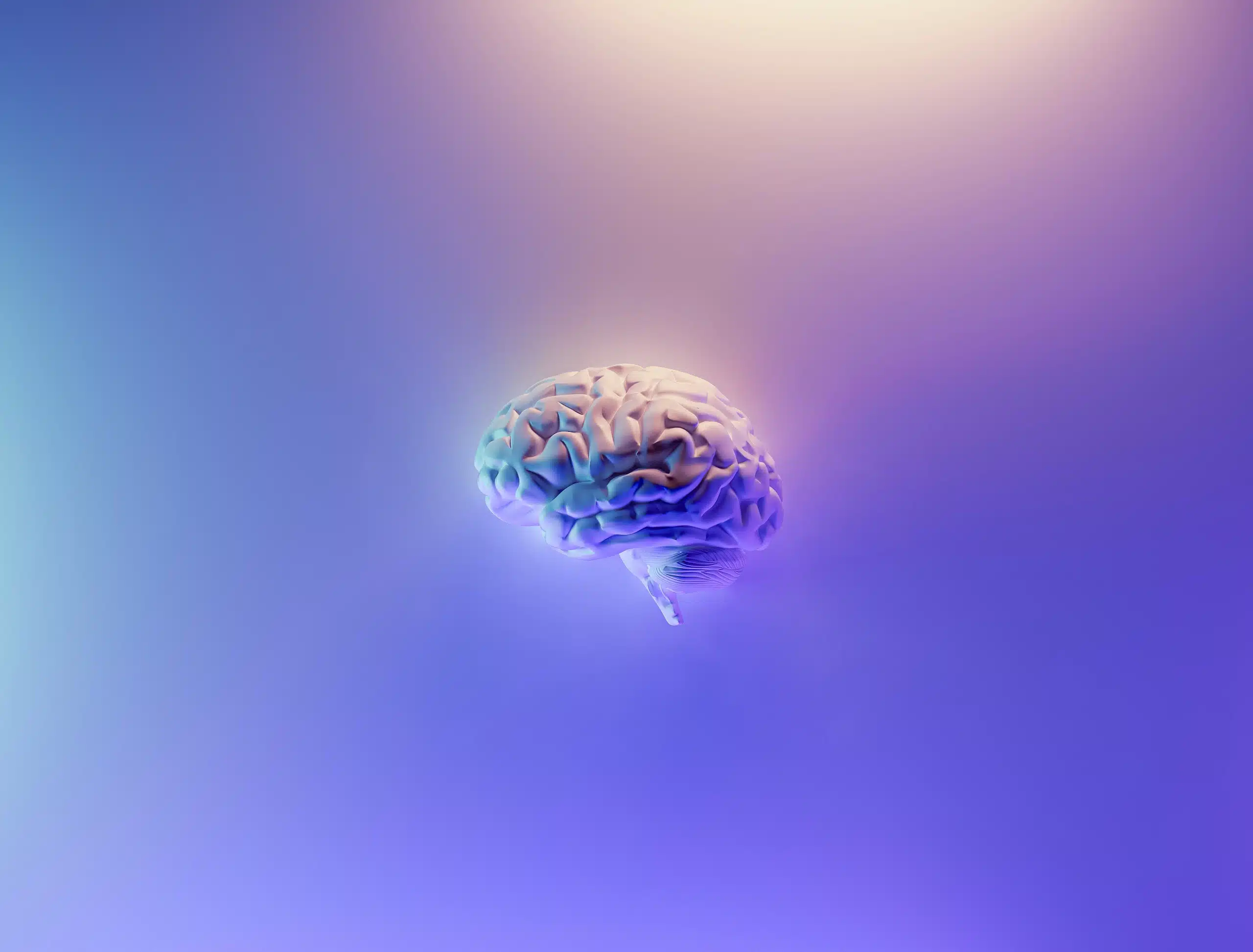
Memory Reimprinting
In life, we can be easily triggered into visceral-emotional memories by things we aren’t even aware of. Perhaps no conscious memory emerges, not even mental pictures to connect to the current situation. Strong unexplainable feelings can arise all the same. Memories that don’t need to be in our consciousness all the time are what are called “implicit”.
You’re walking down the street, a person passes by and suddenly a flood of feelings rushes through you. Your face reddens and you begin to sweat. Perhaps your stomach clenches. What registers as anger pours through your veins. Your reactions make no obvious sense, and you have no idea why you’re feeling the way you do.
Limbic Memory
The part of the memory that has emotion attached is called limbic memory. Implicit and explicit memories are both stored in the right hemisphere of the brain. Factual memories are stored in the left hemisphere. Explicit memories can usually be recalled by choice. Implicit limbic memories, however will often have negative circumstantial roots. Often there is a corresponding belief that the younger self-created to make sense of the world when the memory was stored. Implicit-limbic memory is often the part of memory that is hidden from consciousness. Like a banished dictator, limbic memory still holds emotional power but rules from afar.
Where Memory Is Stored: Implicit vs. Explicit
Emotional-Implicit learning and beliefs associated with a memory are stored in the Limbic system and right cortical hemisphere of the brain.
Autobiographical-Explicit memory, associated with narrative of the same event is also stored in the right cortical hemisphere, with the more factual memories residing in the left.
Forming Coping Beliefs
A young boy waits for his father to come home. The sky darkens to night. Standing on the couch, he peers out of the window, ignoring his mother’s pleas to go to bed. For what seems like a lifetime, his father becomes more and more unpredictable, coming home at different times each evening. When he does arrive home, he often looks different, dark and foreboding. Sometimes his smell is overpowering. The father ignores the young boy more and more. He yells at his wife, the boy’s mother. The little boy is powerless and scared. He waits at the window night after night, hoping that the scary man has gone away and his good Dad will finally come home.
After a year of loyally waiting, the young boy’s heart can’t take the unpredictability,disappointment and fear any longer. He can’t imagine that his beloved father would do anything to harm him, so he creates a belief inside that wraps around his pain and confusion and buries it all deep within his implicit memory. The belief, like dressing over an open wound, is that the fault is his alone, that the constant disappointment and confusion he felt over and over again, was all created by him. Because his mother can’t explain, or soothe the pain that’s touched the young boy’s heart again and again, he has created his own belief inside. A coping mechanism to make sense of his father’s unpredictable behavior and finally put the inner struggle to rest. To “close” his open wound.
For every painful childhood circumstance, innumerable varying beliefs are created. Most are buried in implicit memory, along with the feelings. Various events can trigger implicit memories: a smell, the sound of a voice, a person’s behavior, or just the color of someone’s clothing. The inner responses we have to these triggers can vary and range from insignificant to paralyzing. Often we may react without ever making a connection, but as we become more conscious of our emotional world, we may begin to notice the patterns that emerge as we react repeatedly to similar circumstances.
How We Got To What We Understand Today
Sixty years ago most therapy theories believed that making conscious, talking about and analyzing our childhood memories, was enough to free us from our current suffering. Psychologists believed this process would relieve us of our propensity to find ourselves in the same unwanted situations over and over. Sometimes relief occurred, but more often change was illusory and at best temporary.
Over the decades the field of psychology discovered limitations to mere discussion and analysis of concepts and cognitive insights. In reaction to cognitive analysis, feelings and emotions became the focus. Experiential theories flourished, pillows were beaten,primal screams were promoted and free emoting entered workshop rooms. It became evident that the mere stimulation of emotion and its discharge did not cure much either. All emotion with no meaning opened a tumultuous landscape with no map. This pathway of psychological awakening brought healers to the understanding that core beliefs were the lens through which each of us sees the world. Coping beliefs, that is, those formed during our formative years, especially in traumatic incidents, were what influenced our perception.
Twenty years ago, human psychology and neuroscience were not as closely linked as they are today. Studies on animal behavior however gave us some insights. This led to changes in methodology. But for the most part, the disciplines moved in parallel lines. In recent decades, testing grew more sophisticated, includingfMRIs and EEGs. Now we have the actual witnessing of the human brain during formalized experiments. Empirical data has led to ever-greater understandings of cause and effect, stimulus and response. Newer therapies were developed to interrupt these.
With neuroscience coming into practice, new knowledge became available. Expertise was developed in neuroplasticity,brain rewiring, memory storage and more. Therapy increasingly leaned toward uncovering faulty core beliefs, and creating new experiences, in an attempt to reshape or “counteract” the faulty ones. Sometimes great shifts happened, but healing was still unpredictable.
Knowledge Held As Truth In Neuroscience in The Past 15 Years
- Neuroplasticity (brain rewiring) is possible. New learning is possible.
- Neural circuits can be changed through new experiences, more so than just cognitive insight.
- Focused imaginal experiences can be as effective on neural (brain) circuits as “real experiences” because emotional centers can’t distinguish the two.
- Separate regions of the brain store and handle various psychological and memory functions, and there is great “plasticity” in the information exchange between the regions.
- Emotional, unconscious memory is stored in the limbic system and right cortical brain hemisphere of the brain. Implicit emotional learnings generate responses independent of conscious awareness and memory.
- The right brain hemisphere also stores conscious memories, visual images and body sensations
- The left brain hemisphere stores memories as fact, concepts and beliefs
In short, the emotional memory is stored separately from our conscious, accessible memories. Limbic memories are stored outside of our consciousness.
As with most disciplines, neuroscience has varying interpretations of its own. Even what is visible to the human eye can be extrapolated and applied in different ways. There are, however, more and more replicable findings emerging, steering the healing world toward dependable possibilities for psychological and behavioral change.
In 2007, neuroscience took a medium sized leap in understanding when it was able to study permanent and reproducible change in the negative feedback loops in animals. Using physical studies of the brain, it was possible to determine that opening and affecting the window of opportunity for lasting change (approximately 5 hours) was predicated on three things:
The basic steps of Memory Reconsolidation as outlined in the book are
- Activation of limbic-implicit memory (triggering of an emotional-unconscious memory)
- Revealing the belief underlying the usually unwanted emotional memory
- Allowing for mismatch (in-congruence) with current life circumstances for “Memory Re-consolidation”
- Ongoing mismatch
Memory Reconsolidation does not erase a memory, only the negative implicit learning associated with it.
The explanation of the findings and in depth explanation of the steps are what the authors call memory reconsolidation and are addressed in the book: Unlocking the Emotional Brain, by Bruce Ecker, Robin Ticic, & Laurel Hulley.
The Latest Understanding In Neuroscience as Applied to Psychology:
- Limbic (emotional) activation is necessary to affect long lasting change in the entire neural network of a memory, thus accessing faulty beliefs embedded within
- Discovery and clarification of original coping belief must be made conscious to affect the neural network
- Imaginal or real exposure to current truth WITH realization of in-congruence (“mismatch”) must be exposed within 5 hours, to have neural influence.
Memory Reconsolidation differs in one important aspect to older methodologies. Rather than using counteractive methods to cultivate new learning and beliefs, memory reconsolidation actually erases old beliefs. Then two beliefs no longer have to compete with one another.
Memory reconsolidation is not technically a therapy in and of itself. It is rather the foundational understanding of how the brain can rewire itself, and its components are essential for transformation change to occur.
Although many therapies are able to elicit emotions, and some may greatly diminish distress, according to Mr. Ecker, only a handful of therapies have clarified all the above components, and have techniques addressing all three stages.
EFT Memory and Neuroscience
In the last 15 years, the therapeutic world has blossomed with a variety of energy therapies, based on working with the chi energy flowing through the energy meridians. Some therapies use tapping, others use movement. With similarities to acupressure, EFT (Emotional Freedom Technique) uses the points along these meridians to help unblock the flow of energy. This process affects the whole person.
Because EFT is able to calm the nervous system, interrupt negative feedback loops, access limiting beliefs, and help clients access in-congruence to old belief systems, it is able to affect quick, effective and permanent change. Mr. Ecker calls this process “transformational change”.
Shadowing the cutting edge of some of the latest research in neuroscience, EFT’s success elicits all the factors and necessary components for the deep and complete healing of old, ineffective core beliefs, both energetically and emotionally.
It is faster than regular therapy, and though not without emotion, is as gentle as it is effective.



